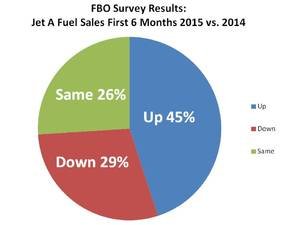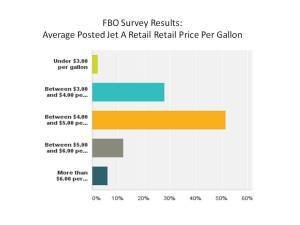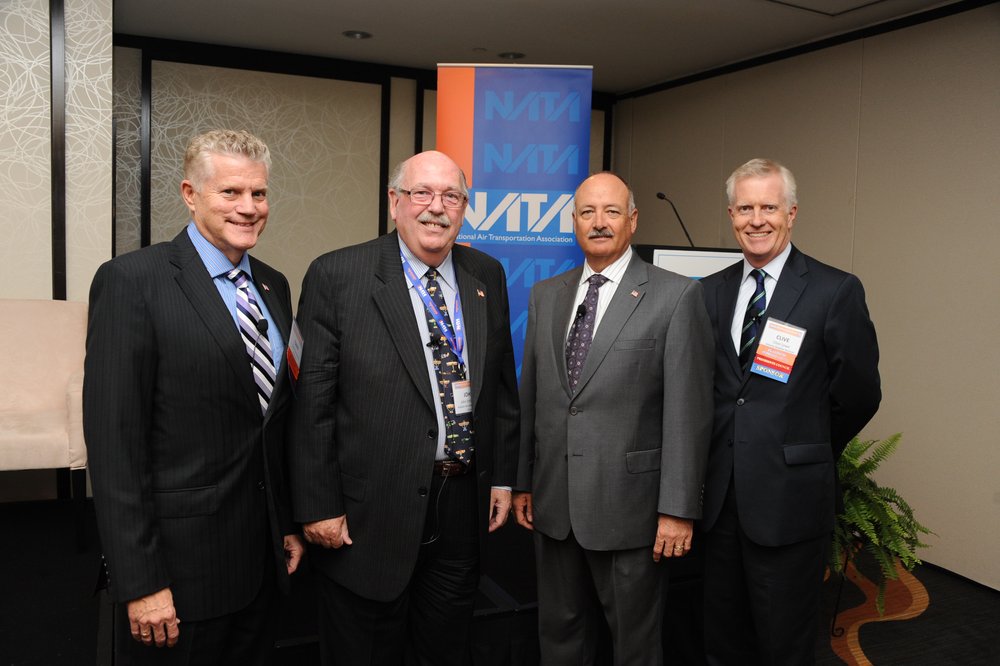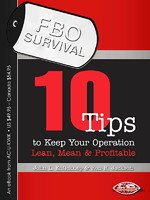Breaking Down the 10 Critical Elements of an FBO Airport Lease
/By John L. Enticknap and Ron R. Jackson, Principals, Aviation Business Strategies Group
In our previous blog, we listed the 10 critical elements of an FBO airport lease as part of our series on the six intangibles that can build equity in your FBO.
For this blog post, we'll break down three of the airport lease elements and provide insight and tips to help you protect your business and add intrinsic value to it.
Term and Option Years
When you approach bankers or investors to help grow your business, one of the first items they will examine is the primary term of your lease and the option years remaining. Whether you're looking to sell your business or make additional capital improvements, the term and option years help form the primary equity foundation of your business. Therefore, rule of thumb is the longer, the better. If you are wanting to sell, investors want to see at least 15 years remaining on your primary lease with at least one five-year option. If you are planning to upgrade or expand your facility, now is the time to negotiate a longer primary lease and tack on one more five-year option. This will give you more time to amortize the cost of capital improvements and put you in a better position to sell down the road.
Operating Rights
Under the Operating Rights section of your lease, you'll find a detail of the services you can provide, the facilities that you are required to have and the required hours of operation. Besides the standard fueling services, most FBOs must also provide ground handling services, hangar services and a terminal facility.
In addition, many leases require an FBO operator to offer aircraft maintenance, flight training and other special services. If you don't want to provide these services, make sure you have the right to subcontract these out. Also,ifyou don't want to be open 24/7, make sure the hours of operation are detailed in the lease.
Assignment Sale Clause
Any business needs flexibility for its future. If your business outlook changes, a family legacy becomes altered or you encounter a major life event, you need the option to be able to sell or transfer your FBO business. The sale and assignment clause allows you to do exactly that.
The clause needs to containreasonable language that says you can sell the business to a qualified party with approval in writing, and suchapproval will not be unreasonably withheld. This process can sometimes take months, but, with patience,it can be completed successfully. Note that some airports have elected to charge a substantial fee to both the buyer and seller to complete a lease assignment.
In our next blog, we’ll examine three more critical elements of your lease with additional tips that can help you build equity in your FBO.
About the bloggers:
John Enticknap has more than 35 years of aviation fueling and FBO services industry experience. Ron Jackson is co-founder of Aviation Business Strategies Group and president of The Jackson Group, a PR agency specializing in FBO marketing and customer service training. Visit the biography page or absggroup.com for more background.
Subscribe:























